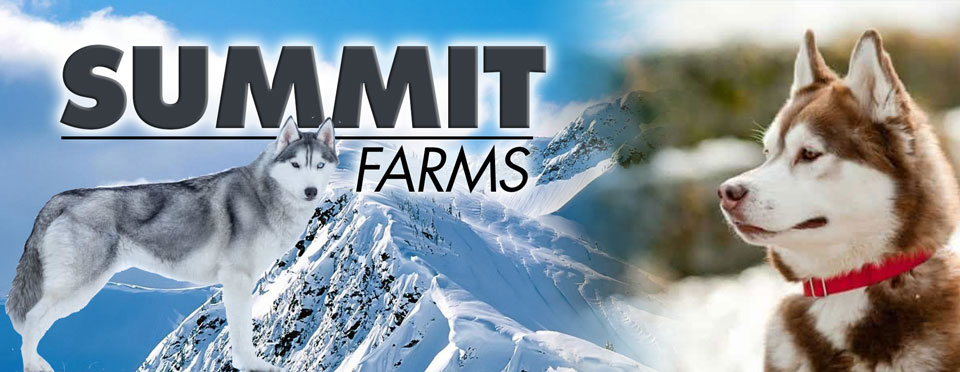
Alaskan Husky
Common Issues: Hip Dysplasia, Eye Problems, Hypothyroidism, and Subacute Necrotizing Encephalomyelopathy
Grooming: The Alaskan Husky is easy to groom. Brush him once or twice a week to remove dead hair. He’ll shed heavily twice a year, and during that time you’ll want to brush him more often to keep the loose hair under control. The only other grooming he needs is regular nail trimming, ear cleaning and dental hygiene
Exercise: Huskies are active, athletic dogs who need a lot of exercise. They are a working breed and happiest when they have a function to perform. Regular exercise is important both physically and mentally, and doing activities together strengthens the bond between dog and owner. Huskies were bred to run and will do so at every opportunity; it is vital to keep the dog on a leash, in harness, or in a fenced yard at all times. A busy and active Husky is a happy and healthy Husky. This breed is also very adaptable, and for those who live in a more urban setting, daily walks or doggie play groups can provide great exercise.
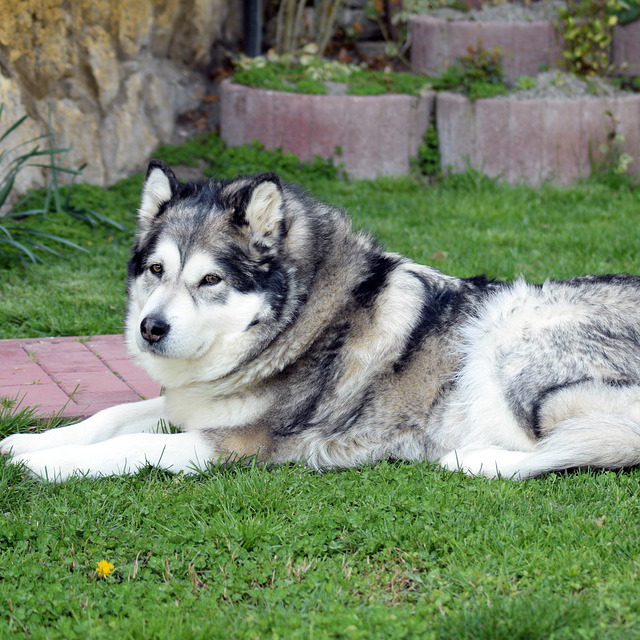
Alaskan Malamute
Common Issues: Hip Dysplasia, Elbow Dysplasia, Thrombopathia, Chondordysplasia, Hypothyroidism, Inherited Polyneuropathy, von Willebrand's disease, and day blindness.
Grooming: The thick, waterproof double coat of the Alaskan Malamute is beautifully adapted to harsh Arctic life, but it requires constant upkeep. A Malamute should be brushed every day with a pin brush and metal comb, all the while checking for mats, which can harbor fungus, and hot spots, which can become infected. Twice a year, during shedding season, an undercoat rake should be added to the regimen. Show Malamutes are often bathed weekly, but a pet Malamute can go six to eight weeks between baths. Conditioner can be used, in moderation, if the coat feels dry. As with all breeds, the Malamute's nails should be trimmed regularly.
Exercise: While the Malamute was not bred for racing, he was bred to work. A strong, athletic dog with tremendous endurance, designed to carry heavy loads, a Mal requires daily exercise. Romping in a well-fenced yard or other enclosed space will suffice, but Malamutes also enjoy hiking, running, and swimming with their owners. And should the owner have sufficient time and interest, Malamutes often take part in agility and obedience trials, weight-pulling competitions, backpacking (yes, you can buy a backpack for your dog), recreational or competitive sledding, and skijoring (pulling a person who is on skis).
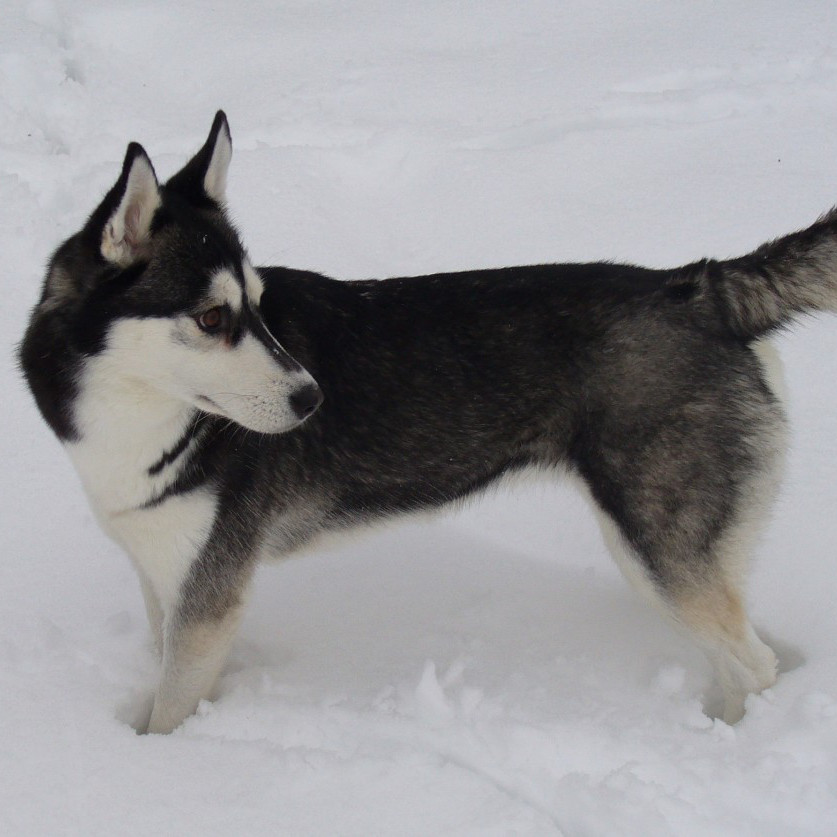
Alaskan Klee Kai
Common Issues: Patellar Luxation, Autoimmune Thyroiditis, Heart Murmur, Eye Disorders and Factor VII Deficiency
Grooming: The Alaskan Klee Kai should do well on a high-quality dog food, whether commercially manufactured or home-prepared with your veterinarian's supervision and approval. The diet should be appropriate to the dog's age (puppy, adult, or senior). Some dogs are prone to excessive weight gain, so watch your dog's calorie consumption and weight level. Treats can be an important aid in training, but giving too many can cause obesity. Learn about which human foods are safe for dogs, and which are not. Check with your veterinarian if you have any concerns about your dog's weight or diet. Clean, fresh water should be available at all times.
Exercise: The Alaskan Klee Kai is an active dog with a medium-high energy level. Regular exercise and doing activities together, both physically and mentally, strengthens the bond between dog and owner, and helps to avoid potential destructive behavior. AKK enjoy doing performance sports or exploring life with their people in many activities such as camping, hiking, climbing, swimming, boating, kayaking, and even on paddle boards! For those who live in a more urban setting, or have a more sedate lifestyle, daily walks or a game of fetch can also provide great exercise. Alaskan Klee Kai are foremost loving companion dogs who form strong bonds with their family and are as happy playfully interacting with their owners exploring the outdoors as they are relaxing lovingly on the laps of their youthful or elderly owners. Like many dog breeds, Alaskan Klee Kai are curious, clever, fast and sneaky, and may have a high prey drive, so it is important to keep the dog on a leash or in a securely fenced yard (or secured area) at all times when outside of the home. AKK are not suitable for people who cannot spend time with their dogs"
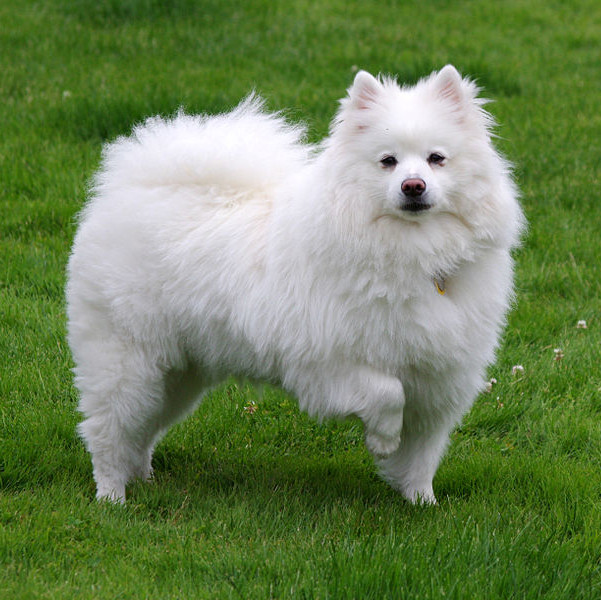
American Eskimo
Common Issues: Hip Dysplasia and Progressive Retinal Atrophy
Grooming: The American Eskimo Dog's fluffy, white double coat is surprisingly easy to keep clean. However, Eskies shed almost constantly. A thorough brushing two or three times a week will remove dead hairs before they can be shed, as well as help to prevent matting. The oil on an Eskie's fur prevents dirt from adhering, so a good brushing is usually enough to remove it. It is OK to bathe an Eskie occasionally, but doing so more than once every few months can make his skin dry and irritated. As with all breeds, the Eskie's nails should be trimmed regularly.
Exercise: An active dog with lots of energy, the Eskie is also quick and curious, requiring lots of exercise and mental challenges. An Eskie who is left alone or who doesn't get enough exercise can quickly become destructive. A securely fenced yard and an assortment of toys will help provide good exercise and stimulation to keep an Eskie out of trouble. He shouldn't just be left out in the yard by himself all day, however. Despite his warm coat, the Eskie is an indoor dog, and he forms strong bonds with his people and is happiest interacting with them. Once they pass middle age, Eskies often become more sedate.
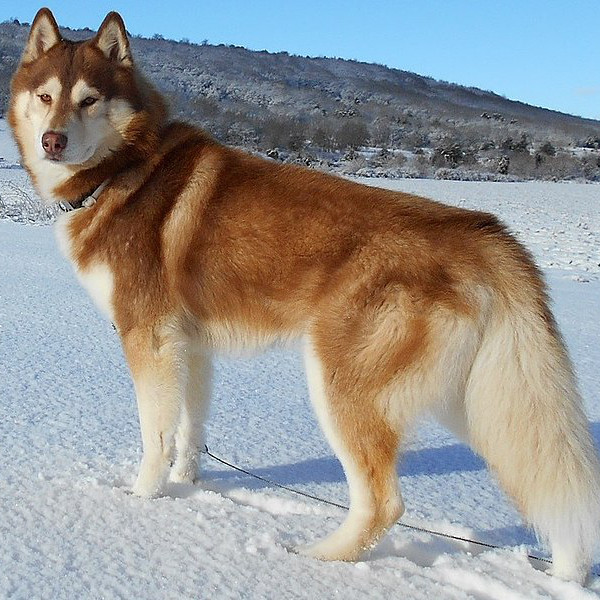
Siberian Husky
Common Issues: Fortunately, the Siberian Husky is a relatively healthy breed. Responsible breeders screen their breeding stock for health problems such as juvenile cataracts
Grooming: They are remarkably self-cleaning and often need only a few baths a year, unless being shown in conformation dog shows. Weekly brushings help keep the coat and skin in good condition. Siberians have a double coat, an undercoat, and guard hair. The undercoat is shed twice a year, and it is important to continually 'rake out' the old coat, using a pin brush and metal comb. Pay close attention to the length of the nails, and keep them trimmed to prevent any foot problems. Siberians competing in conformation require a bit more selective grooming for the best presentation.
Exercise: Siberians are active, athletic dogs who need a lot of exercise. They are a working breed and happiest when they have a function to perform. Regular exercise is important both physically and mentally, and doing activities together strengthens the bond between dog and owner. Siberians were bred to run and will do so at every opportunity; it is vital to keep the dog on a leash, in harness, or in a fenced yard at all times. A busy and active Siberian is a happy and healthy Siberian. This breed is also very adaptable, and for those who live in a more urban setting, daily walks or doggie play groups can provide great exercise.
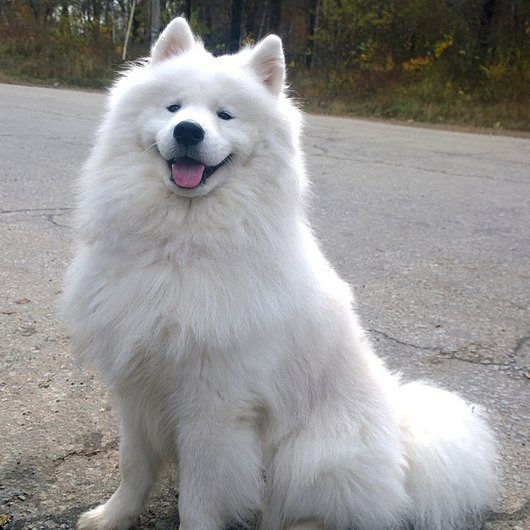
Samoyed
Common Issues: Samoyeds are generally healthy dogs, and responsible breeders test their stock for health conditions such as hip dysplasia and eye and cardiac disorders
Grooming: The Samoyed's teeth should be brushed often, using a toothpaste designed for dogs. The Samoyed has a profuse double coat, with a longer outer coat of harsh hair and a soft, thick, wooly undercoat. Samoyeds shed quite a bit all the time, even more so during shedding season, which can occur once or twice a year. Daily brushing will help to remove dirt and loose hairs and keep the dog looking his best. Mats or tangles can be worked out with a slicker brush or metal comb. The nails should be trimmed every three to four weeks or as needed.
Exercise: The Samoyed has a profuse double coat, with a longer outer coat of harsh hair and a soft, thick, wooly undercoat. Samoyeds shed quite a bit all the time, even more so during shedding season, which can occur once or twice a year. Daily brushing will help to remove dirt and loose hairs and keep the dog looking his best. Mats or tangles can be worked out with a slicker brush or metal comb. The nails should be trimmed every three to four weeks or as needed.
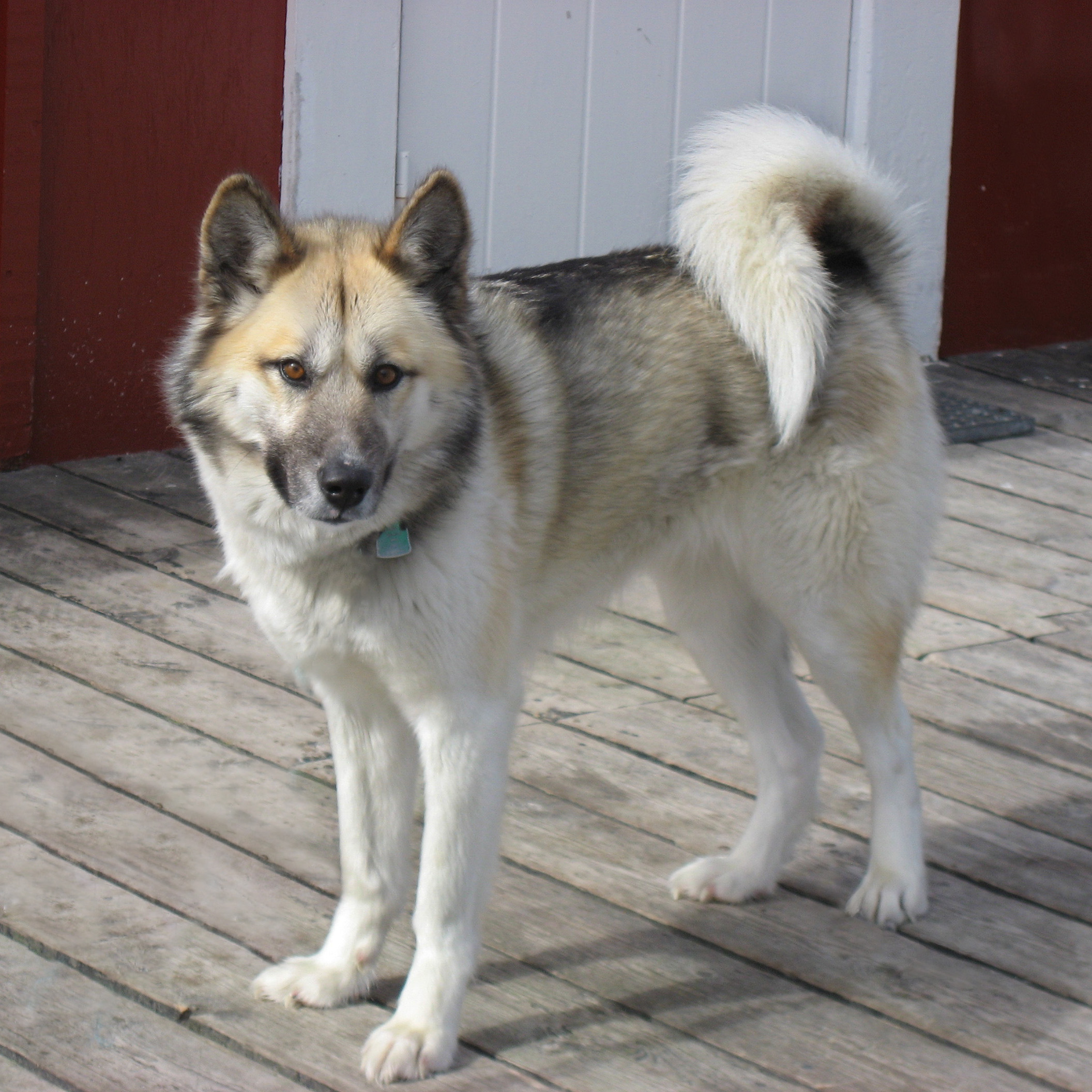
Greenland
Common Issues: The Greenland Dog is an ancient breed it is generally healthy and hardy. As a large-breed dog, however, this pooch is subject to a few health problems such as gastric torsion, hip dysplasia, and other musculoskeletal problems. They are also prone to working injuries received in the field.
Grooming: A powerful and handsome dog with a Top Coat and a soft downy undercoat which requires regular grooming to maintain in a good condition. We would recommend a very thorough brush three times a week to avoid the development of knots and matting of the undercoat. Washing we recommend no more than fortnightly and if your Husky, is generally a clean dog and avoids smelly substances, washing can be every 5-6 weeks.
Exercise: As a sled dog, the Greenland Dog has excellent stamina and endurance. These dogs are active and require a significant amount of daily exercise in order to remain happy and healthy. Because these dogs are intelligent they also require mental stimulation in addition to physical stimulation and exercise. The nails should be trimmed every three to four weeks or as needed.
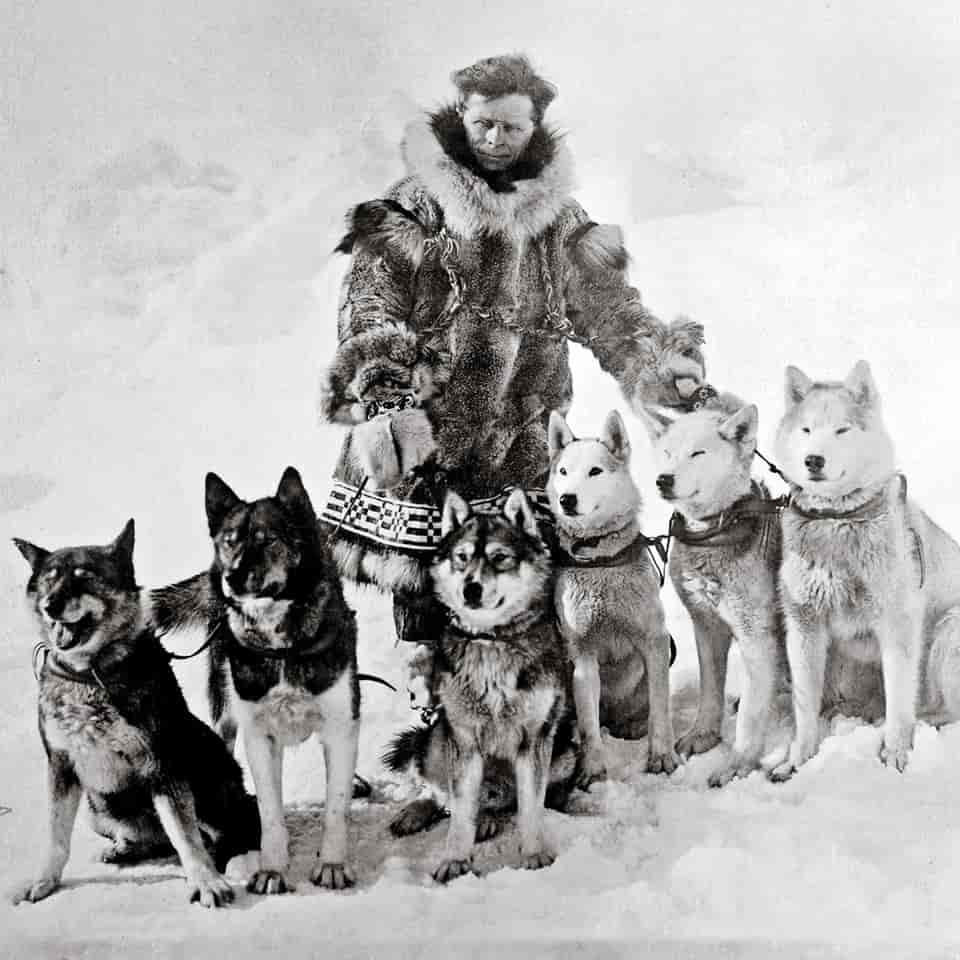
Seppala Siberian Sled Dog
Common Issues: Allergies, cancer, and eye problems
Grooming: Frequent brushing will help keep your seppala siberian sleddog clean and reduce shedding. Inspect for fleas and ticks every day during warm weather. Most seppala siberian sleddogs don’t need to be bathed more than a few times a year. Prior to the bath, cut out or comb all mats from the seppala siberian sleddog’s hair. Rinse all soap out of the coat, or the dirt will stick to soap residue.
Exercise: The Seppala Siberian Sleddog needs a lot of exercise. When not pulling a sled the breed needs at least a daily walk or jog, but should not be excessively exercised in warm weather.
